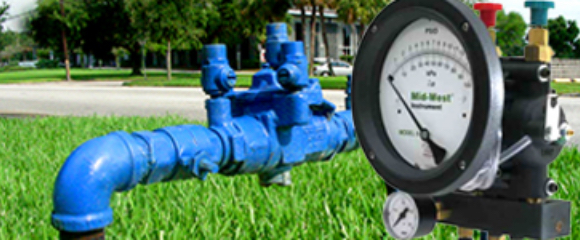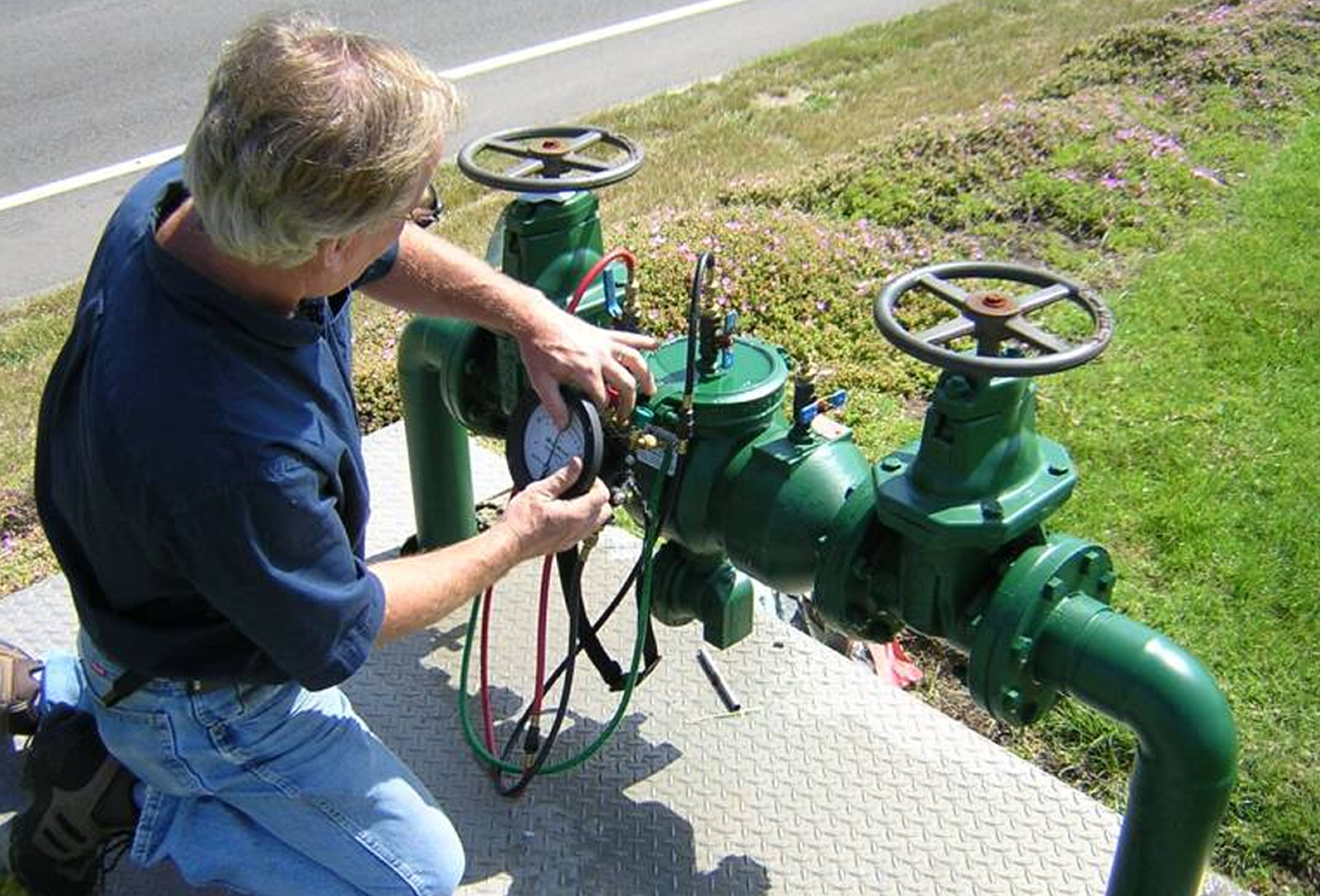Is It Important to Get a Backflow Test for My Water
Visit My WebsiteWhat're your insights and beliefs about Backflow Prevention?

Yes, you need to backflow examination your house's water supply to make certain that the water is without contaminants and harmful degrees of chemicals. Because of the tools required and also space for mistake, you ought to not try to perform heartburn screening on your own. We suggest that you call a professional plumber every number of years to evaluate your water.
What is Heartburn?
In short, backflow is when water moves upwards-- the opposite instructions in the plumbing system. This is also referred to as "backpressure." When the water relocates this direction, it can combine with damaging contaminants and position a threat.
What Causes Backflow?
A normal root cause of heartburn is a loss of water stress that creates the water to siphon back into the supply of water. An instance is cleaning a paint bucket using a hose pipe. You fill up the paint pail up with water, leaving the tube in the bucket. After some time, there is a loss in water stress and the pipe begins to draw the water back into the supply of water. As you can picture, there are now chemicals from the paint that are going into the water system, possibly posing a threat. Many people are not even aware of heartburn screening, however there are lots of factors why it's so crucial.
Backflow Screening is Called For by Law in Particular Cities
Depending on where you live, you may actually be called for by legislation to backflow test your regulation. Iowa City keeps a document of all residential properties served by the city's water supply.
You Can Prevent Backflow
The main objective of a backflow gadget is to stop water from flowing backwards right into your water supply. Plumbers set up the tool on the pipelines in your house to make sure that the water just moves in the appropriate direction.
Heartburn Can Impact Both You and Your City
Lots of cities develop heartburn guidelines since hazardous heartburn can influence the public supply of water along with a solitary structure. Modern-day cities have backflow tools in place that protect the water supply that comes from most residences as well as industrial residential properties. The actual danger originates from irrigation systems, which can harm the supply of water with harmful fertilizers, manure, and various other chemicals.
Call a Plumber to Examine for Heartburn Prior To It is Too Late
While it might sound grim, contaminated water can lead to horrible microbial as well as viral infections that are tough to treat. A plumbing firm can swiftly check your residence's water to establish if there are any kind of hazardous chemical levels. If you can avoid the torment that comes from consuming contaminated water, the tiny investment is. And if you do uncover that your water has high levels of toxins, a plumber can quickly mount a backflow prevention tool.
Yes, you require to backflow test your residence's water supply to guarantee that the water is cost-free of toxins as well as hazardous degrees of chemicals. A typical reason of backflow is a loss of water stress that causes the water to siphon back into the water supply. After some time, there is a loss in water stress and the tube begins to draw the water back right into the water supply. The main function of a heartburn gadget is to protect against water from moving backwards right into your water supply. Many cities establish heartburn standards because harmful heartburn can influence the public water supply in addition to a solitary structure.
WHY DOES BACKFLOW TESTING NEED TO BE DONE EVERY YEAR
What Is Backflow?
Toxic gas backing up into a building is one example of potential backflow issues, but backflow can occur in many other ways.
Backflow is generally referred to as the reversal of a liquid or gas in a plumbing system.
Most issues for the public occur with backflow resulting in contaminated drinking water. If you look up backflow issues online you’ll probably find references to “potable†water. That means drinking water.
There have been backflow issues in the past with drinking water. Chemicals, sewage and other contaminants have found their way into drinking water causing health issues for those that count on the fresh water.
What Causes Backflow?
In a residence or commercial building water generally flows one way. This normal flow is usually driven by consistent pressure in the water and waste system.
Anything that changes the normal pressure in the system can lead to backflow.
Fire hydrant use or malfunction can reverse the normal pressure in the system on a city line, but backflow can occur in a number of different ways.
Sometimes backpressure might be caused by someone using a garden hose and submerging the end of the hose in a pool of liquid. If pressure is lost the flow could reverse and contaminants could be released into the drinking water.
Anytime there is a connection between contaminants and the drinking water there is potential for a backflow issue. Sometimes these connections are not immediately obvious like the garden hose connecting to a building’s drinking water supply.
Backflow Regulations
The Environmental Protection Agency (EPA) provides guidelines and regulations for state and local governments regarding backflow. State and local governments also have their own guidelines and regulations for backflow prevention.
Arizona has its own backflow regulations.
Due to issues with backflow in the past, regulations require backflow preventer devices to be used in nearly all residential and commercial buildings.
A backflow preventer is a device that prevents backflow as cross-connection points where potential backflow issues may occur.
While backflow is not a common occurrence, preventers are in place to make sure there is no contamination should something malfunction or go wrong with a building’s water supply.

Hopefully you enjoyed our part on Backflow Testing. Thank you for taking a few minutes to read through our content. If you appreciated our blog entry if you please remember to share it. We enjoy reading our article about Backflow Testing.
Contact, be stress-free!